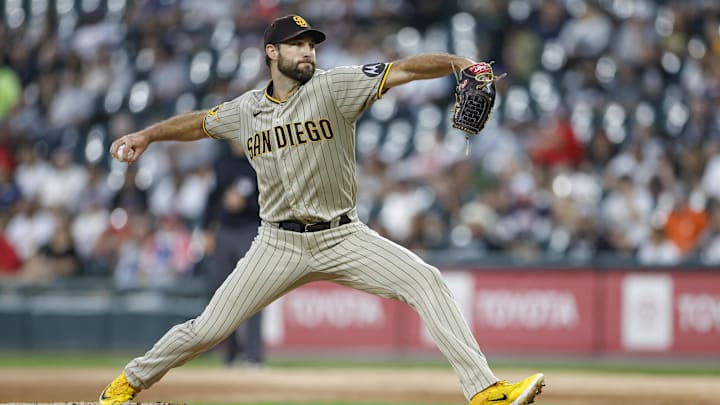Inducing batted balls contributes to run prevention
Fans focus on impressive feats. Pitchers who strikeout tons of batters are always impressive. But it's tough for big strikeout pitchers to go deep in games — because there are 27 outs in a nine inning game, striking out every batter would require a minimum of 81 pitches.
Then there's the fact that almost no pitchers have WHIPs below 1.00. Almost all will face a minimum of 36 batters to pitch a complete game; that's a heavy load of roughly 108 pitches.
To go deeper into games, then, pitchers need to shorten at-bats. Basketball coaching legend Bobby Knight said, "You don't play against opponents; you play against the game of basketball." So it is with baseball: because the game values strikeouts and long at-bats, playing against it requires inducing swings and bad contact early in at-bats.
Although some may favor the Royals developing starting pitchers internally, young hurlers tend to chase strikeouts because that's what teams value. To shorten at-bats and get more out of starters, the Royals should seek undervalued veterans just trying to stay in the majors. They're more likely to accept pitch-to-contact coaching.
Considering the nature of their home ballpark, the Royals should be looking for pitchers who avoid line drives and produce a lot of grounders or weak flyballs. They need to take advantage of the deep fences but avoid the power alleys. Keeping the ball in the park is a plus.
The Royals have recently acquired pitchers consistent with this logic. Seth Lugo brings a good 45.4% groundball rate, .231 OBA, and 1.203 to Kansas City. And Michael Wacha allowed a .204 OBA, 1.161 WHIP in 2023; although he's really not a groundball or flyball pitcher, he produced a combined 65.5% result.
What about those two pitchers make them good for KC? Both rely heavily on pitches with negative horizontal movement. Sinkers and splitters produce the highest percentage of groundballs, but sliders, curveballs, and circle changeups can also produce high groundball rates. Wacha's primary pitch is a circle change, but he also throws a curve and sinker. Lugo is a curveball pitcher but he'll toss in a sinker and slider to induce bad contact.
Looking at their existing stable of starters, the Royals have managed to develop or obtain several other groundball inducers. Cole Ragans and Brady Singer both throw hard sliders that result in high groundball rates. A healthy Kris Bubic can generate a lot of groundballs with his circle change, and the club also has Jordan Lyles who, like Wacha, produces an equal number of flyballs (33%) and ground balls (33%).
In terms of Batted Ball Profiles, the Royals are moving in the right direction. As they continue to build for the future, they should continue to focus on the importance of BBP.
